East Sutherland communities have been celebrating the 150th anniversary of a stretch of railway entirely financed by the third Duke of Sutherland.
The 17.5 mile Golspie to Helmsdale stretch of today’s Far North line may never have happened without the bottomless money well inherited by the Duke.
He was so obsessed with the development of rail that he’s known as the Railway Duke, and sometimes even the Iron Duke, although that nickname is usually the preserve of the Duke of Wellington.
He’s not to be confused with his hated ancestor the first Duke of Sutherland, forever associated with the Highland Clearances of the first part of the 19th Century.
Vast wealth
George Granville William Sutherland-Leveson-Gower, the third Duke, was born in 1828 into vast wealth.
Frustrated by the fizzling out of funds to build the railway north of Golspie, some 60 miles short of Wick and Thurso, the Duke decided to take matters into his own hands by financing the building of the next stretch of line across his own estate as far as Helmsdale.
Clyne Heritage Society chairman Nick Lindsay has made a study of the Duke and his railway.
He said: “The third Duke embraced innovation and machinery.
“The Highland Railway Company had run out of money to extend the line and this was not good for his interests.
“He wanted to take fish out of Helmsdale and coal and bricks out of Brora from the industries he was setting up.”
In exchange for this massive sum – £72,100 or nearly £8m, in today’s money – he had the privilege of a private station at Dunrobin Castle and the entitlement to drive his own engine along the line he had paid for.
Construction of railway supervised by Duke of Sutherland
But he didn’t just funnel in cash.
The Duke personally supervised the construction, which included 19 substantial bridges made from iron girders, oak beams or stone arches.
The bridge over the River Brora was the longest at 60ft, with an elevation of 45ft.
He dispensed with contractors and used local men.
Nick said: “It had a fantastic safety record in that no one died during its construction, very unusual at the time.”
At £3,630 per mile for the 17.5 miles from Golspie, it was cheap, the press generally agreed.
The Duke extended his bounty to providing an engine, a passenger carriage and four goods wagons on the line, to run daily in each direction.
Boys and their toys – he also loved to drive it, often being seen on the footplate.
Nick said: “He took Queen Victoria’s daughters Alexandra and Alice for a spin up and down the line before it even opened.
“On one occasion he drove the loco to Inverness to pick up Queen Victoria – apparently she was amazed when she asked to speak to the driver to find out it was him.”
Royally-good time on line
Another time, with the Princess of Wales and the Duke’s wife on board, heading down from Brora, the thundering advent of the train managed to frighten the pony belonging to John Murray, Brora shoemaker.
It jumped clear of the fence onto the track in front of the train, so the Duke let off the steam whistle and the pony ran off in front of the train, at which point, reported the Northern Times, “the race between the horse and the engine began in dead earnest and it was fast and furious.
“About two miles north of Dunrobin there were about 200 men working on the line.
“They made an effort to catch the animal but he rushed through them like the fleetest of John’s steeds and the race continued to Dunrobin station.”
At this point the poor pony turned into the woods and wasn’t found for a week.
“The Princess and the Duchess enjoyed the fun immensely,” wrote the newspaper.
He could little have foreseen the numbers of passengers on what would become today’s vital Far North line from Inverness to Wick and Thurso.
The line is currently in the sights of the Far North Line Community Rail Partnership (CRP) who are promoting it as an asset to encourage people out of their cars and onto the train to explore the natural and cultural heritage accessible from the line, including sections of the NC500.
To celebrate the completion of the line in 1871, albeit a year late due to the pandemic, Helmsdale Station CIC and Timespan recently held a day of talks and the opportunity to travel along the line from Helmsdale to Dunrobin station.
Michael Willmot, director of Helmsdale Station CIC provided a line guide revealing points of interest along the way.
He said: “As well as a chance to tell the story of the technophile third duke, we hope this will be an opportunity to publicise the dramatic scenery and the numerous attractions along the Far North Line through Caithness and Sutherland and to show that the line’s colourful past can be matched by a bright future.”
Duke of Sutherland needed his deep pockets to build railway
Just as well the Duke had exceedingly deep pockets, for his largesse towards the development of rail was enormous.
He was a significant investor into the original Highland railway, and one of the foremost promoters of the Dingwall to Strome Ferry extension.
He contributed £60,000 (£6.5m) towards the cost of the Helmsdale to Wick section, including a branch to Thurso.
At the time of his death, the newspapers reported that he had contributed a total of £226,300 (almost £25m) to the Highland railways.
“The interest he received in return amounted to only 2% per annum,” it was reported.
Not only that, but he invested some £5.5m in developing the coal mines, steam sawmills and brick works at Brora, with a view to developing and encouraging local industries.
Before him, his father subscribed £100,000 to the Manchester and Liverpool railway.
The fate of the loco Dunrobin
Meanwhile, the Duke’s second locomotive, Dunrobin was sold in 1949 and left Inverness in 1950 to go to a new home on the Romney, Hythe & Dymchurch Railway.
It stayed there for 15 years before being shipped to Canada 1949. It’s seen here at Inverness station before being shipped to Fort Steele heritage town in British Columbia.
It last steamed at Fort Steele in 2005, but was declared surplus to requirements in 2010.
In January 2011 it was announced that the loco and its carriage had been bought by Beamish Museum, with the intention of restoring Dunrobin to working order.
More like this:
Would you ‘slow down’ for a Far North rail holiday over NC500 chaos?
Highland railway pioneer celebrated on 150th anniversary of Dingwall to Stromeferry line
Lairds of the line: When Highland landowners had private railway stations and waiting rooms
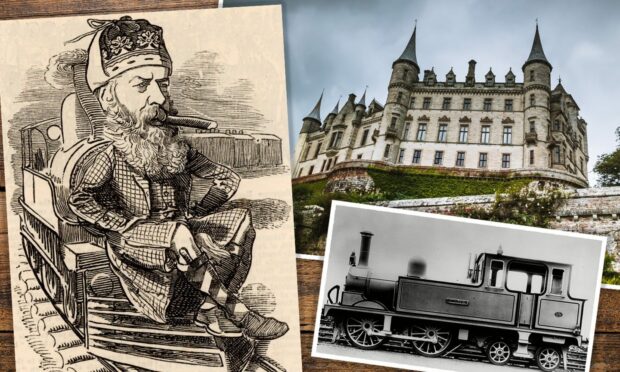
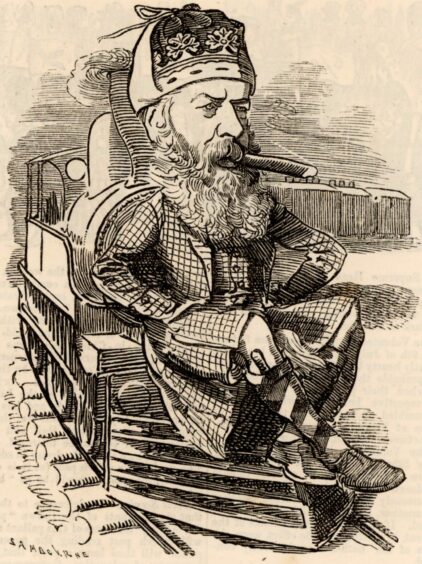
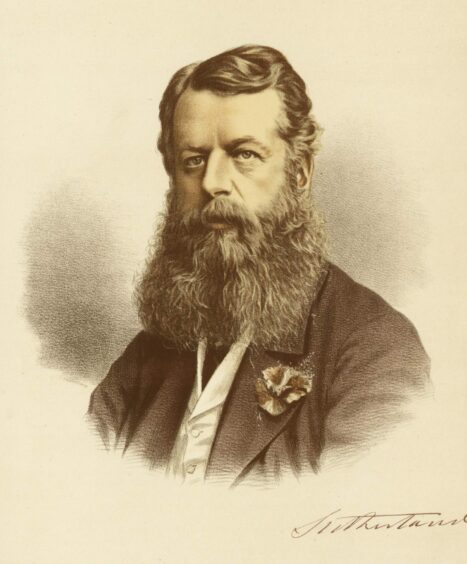
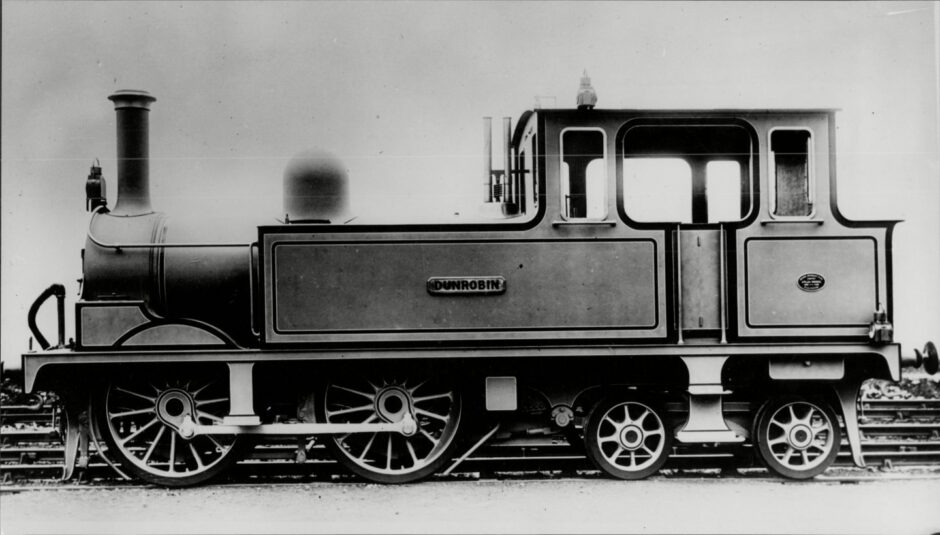
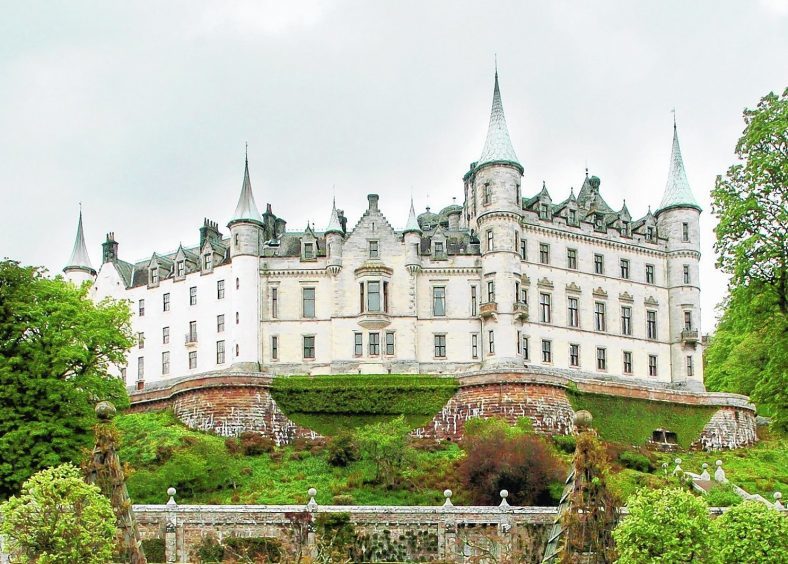
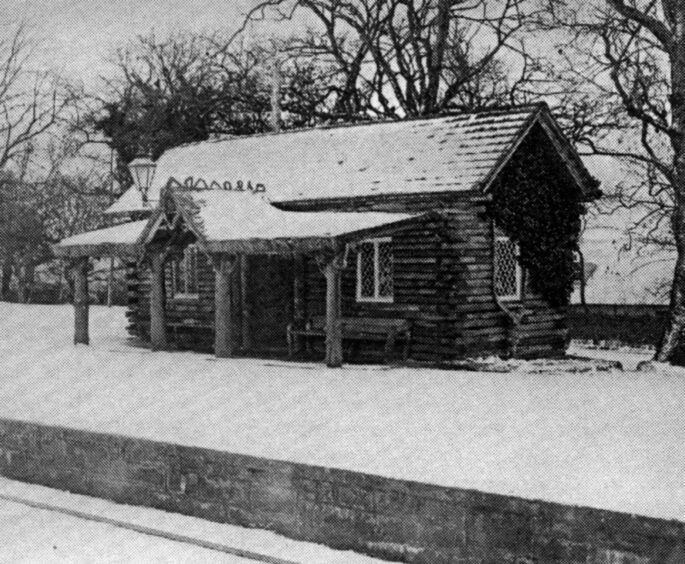
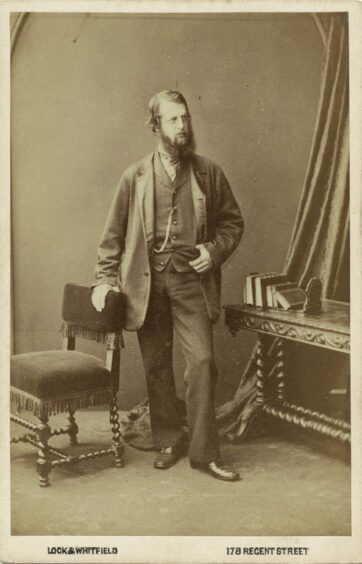
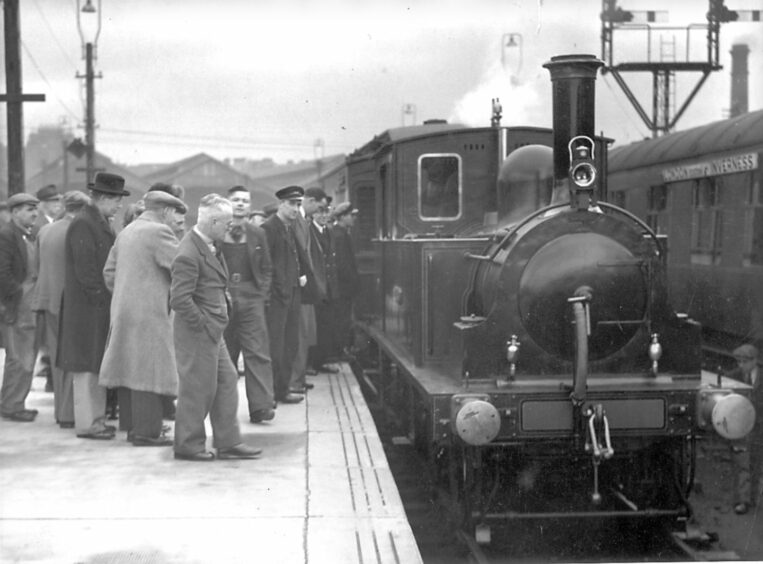










Conversation